Why is Sunglass A Must On A Himalayan Trek
In a Himalayan trek, you venture out in the high altitude terrains exposing yourself to the high intensity UV rays. The reflection of light from various shiny objects from the surrounding can be harmful for your eyes. This may cause you headache and dizziness. These UV rays are very harmful for your eyes and prolonged exposure to the high intense UV rays damages it. The snow and glacier further intensifies the UV rays and hence making it mandatory to take precautions to keep away from Snow Blindness
Snow blindness is a temporary inflammation of the cornea of your eyes due to continuous exposure to UV rays which causes temporary blindness and might also result in permanent blindness if not taken care of properly. I do not have experienced it myself, but have met with few people who have. The say its very painful.
What To Look For In Your Sunglass For The High Altitudes
Lens Material, Toughness and Durability:
There are various materials of which a sunglass is made, but here keeping to the context, we would discussed the 2 most preferred ones for a Himalayan Outdoor Venture - Polycarbonate and NXT lenses
Polycarbonate lenses are thermoplastics. Although its nit important to know how it is made, its good to know. These are made by melting the thermoplastic pellets and injecting them into a lens mould, which are then compressed under high pressure and then cooled down. The end result is a strong, highly impact-resistant optical lenses. The optical distortion of these lenses are higher than that of CR 39 lenses but within the limits. These lenses are thin, lightweight, soft and blocks 100% UV rays. However, to increase the durability, it requires a scratch-resistant coating, which makes is hard as glass. These lenses are used widely for safety products and outdoor sports.
NXT/ Trivex Lenses: Originally created for the USA military applications. This material is used as a bullet proof glass of the US Apache helicopter. This is a technology which uses a high quality urethane-based monomer moulded into lens. It offers the best optical clarity and the best resistance. In fact, it is a package of all the good qualities of lenses like glass, CR 39 and polycarbonates.
Comparatively, Trivex NXT lenses are expensive, but is the better option owing to its optical clarity and light weight. But as far as the requirements of mountains are concerned, polycarbonates are equally better option too !! The UV blocking quality is the same and impact resistance of both are acceptable for the activities like trekking, mountaineering and skiing.
Both these lens need to be coated with a anti scratch layer to make them durable.
UV Shielding and Lens Category:
The objective of the sunglasses are to shield UV rays which causes damage to our eyes. For this factor, lenses are categorized into different Categories as per their Visible Light Transmission ( VLT ). This is the measure of the light entering through your sunglass lens and is expressed as a percentage. Lower the percentage, darker the glass.
- Category 0; 80-100% VLT
- Category 1; 46-79% VLT
- Category 2; 18-45% VLT
- Category 3; 8-17% VLT
- Category 4; 3-8% VLT
For trekking or mountaineering in the High altitude zones of the Himalayas, ONLY CATEGORY 3 AND 4 IS ADVISED. More the snow, higher the altitude, CAT 4 is ideal.
Polarized Lenses:
Polarized lenses are a must for cutting off the glare reflected from snow, ice, rocks, water bodies etc. It not only makes the view better but also eases the intensity on your eyes, relaxing your eyes. However, polarization is something which is not always desired and you need to choose according to the terrain you will be visiting and the activity which you will be engazed in. If its a trek in snow, or visiting lakes, rocky areas etc, you require polarized lenses to get a comfortable view. On the other hand, if in your activity, you need to distinguish between ice and snow ( important for skiers, or while negotiating a glacier ), you might need a CAT 4 lens without polarizer.
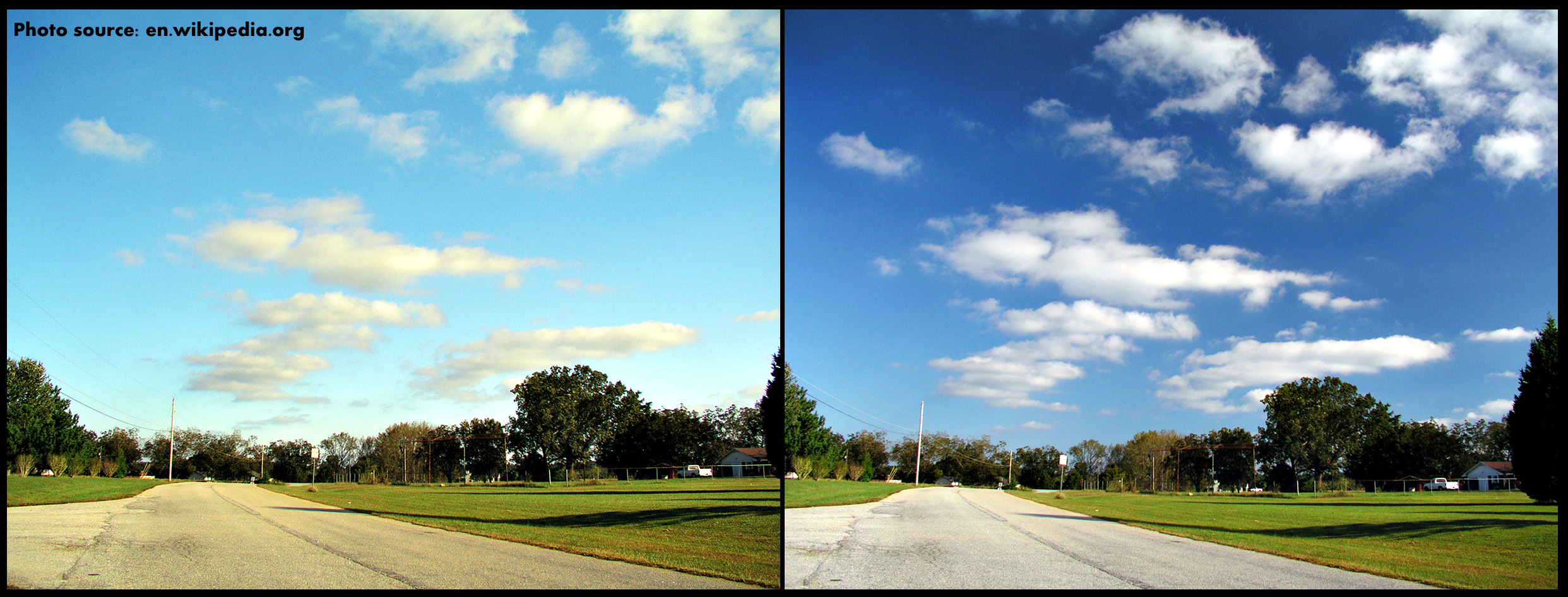
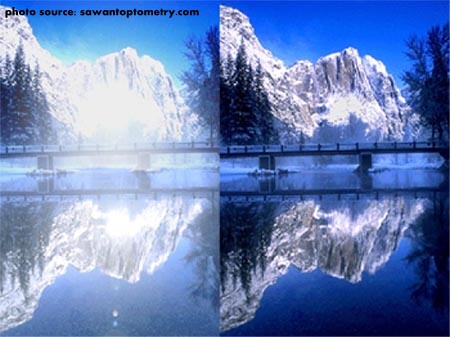
difference with a polarizer
Lens Colour Tints and Gradients:
The tint color of your glasses are important as they set the beautiful views which you perceive through your eyes. The tint sets the colour hue and contrast. Already having to use CAT 4 lenses which are dark, the tint of Amber, Grey, Red Orange, Drak Grey, Brown etc are mostly used in the mountains.
Gradient glasses have gradually different darkness, usually from top to bottom, darker towards top protecting your eyes better. These type of lens are not much advisable while venturing in the snow field or glacier zone.
Eye Cover and Protection From Sides:
You would want your sunglasses to completely cover your eyes and even from the sides. Most sunglasses cover just the eyes, but the ones made for high altitudes take care of protecting your eyes from the sides as well. Few of them which are made of plastics have an extended side block, while the typical glacier goggles have a leather protection on the sides.
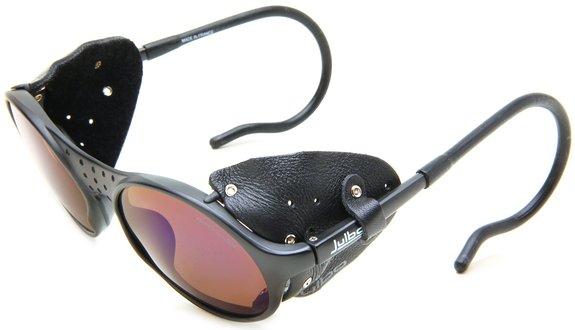
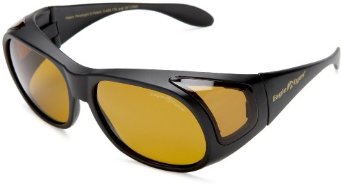
Fogging, Frame Ventilation and Anti Fog Coating:
Fogging is the result of condensation of air on your glasses and is very common problem. When warm air touches the cold surface of your lens, it condenses on it. It is very irritating and obscures the vision. It usually happens when there is a sudden temperature change and the airflow is restricted.
Frame ventilation is very important design factors to keep the fog off your lens. Easy ventilation enables warm air to blow off quickly and relies on evaporation of the condensed moisture to clear the fog immediately.
We do have other solution to this fog problem. These are the Anti Fog Coating. Antifog coating comes in 2 different forms. One is Permanent coating and other is Temporary. Permanent coating restricts fog from forming, whereas temporary coating applies a drop of anti fog activator solution which is then spread on both the sides of the lens by a micro fiber cloth. This helps keep the lens fog free for some time and needs to be reapplied after a certain number of days.
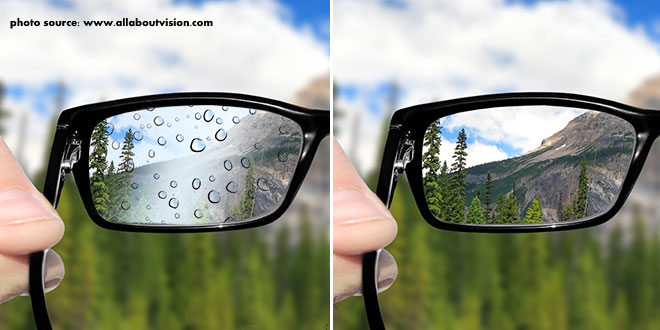
Other Important Features to Have:
- Better and Flexible Nose Grip
- Temple Pads
- Anchor Strap
Photochromatic Lenses For The Mountains:
Photochromatic lenses are lenses with dynamic UV and visible light filtering property. They are usually transparent and darkens with exposure to radiations. Once the radiation ceases, the lens returns back to it normal state. It offers flexibility and can be worn till the sunset without the need to frequently removing your sunglasses. It can be custom made or bought from few popular brands.
Prescription Lenses For The Mountains:
Its a very common question in the mountains for those wearing prescribed spectacles in their daily life. Well there 3 solutions to it.
- Wear a good covering CAT 3/4 sunglass over your specs. It is a cheap and easy solution if you will be venturing in the outdoors for just few days, and less frequently in a year. Some brands call theses FITOVERS
- Using Polarized 'clip-ons' or 'flip-ons' over your regular specs. These fit on the nose bridge and are an easy solution. Check with your optician.
- If you are a frequent mountain visitor, or usually go for longer treks, have your glasses customized from a good optician. Your requirement should be your eye power + CAT 4 UV protection. Other factors like polarized lenses, photochromatic lens, tint colour, nose grip, temple padding, side shield can be customized. Lots of online companies sell it as prescribed sunglasses or powered sunglasses in India.
** Contact Lenses are a hassle in the mountains while you are trekking and hence it is not advisable. Go for sunglasses over specs or prescribed sunglasses.
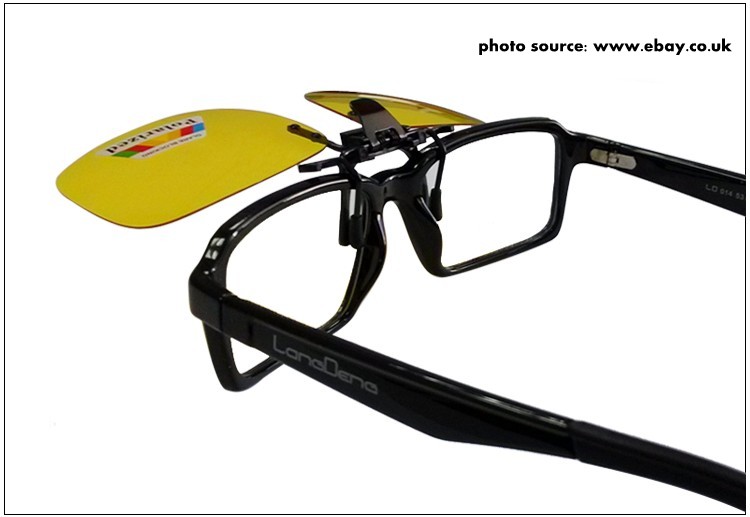
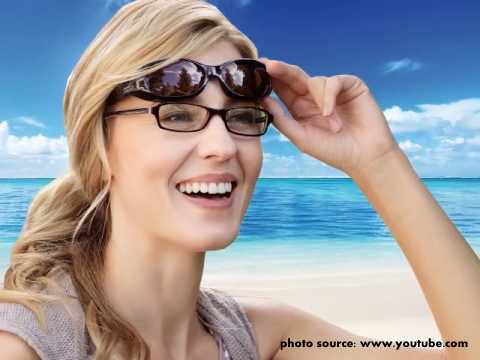
Options Available In India:
- https://www.decathlon.in
- https://www.lenskart.com
- https://www.smartbuyglasses.co.in